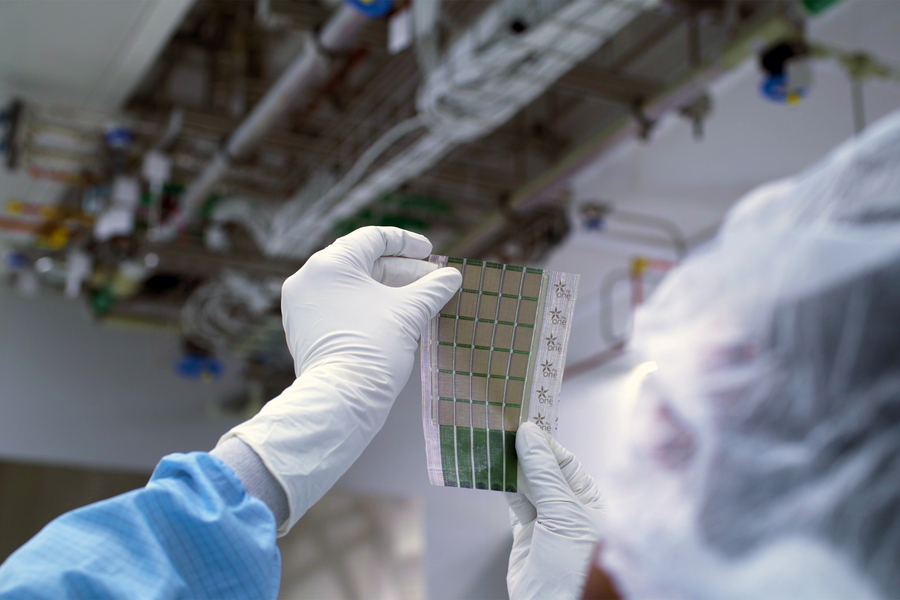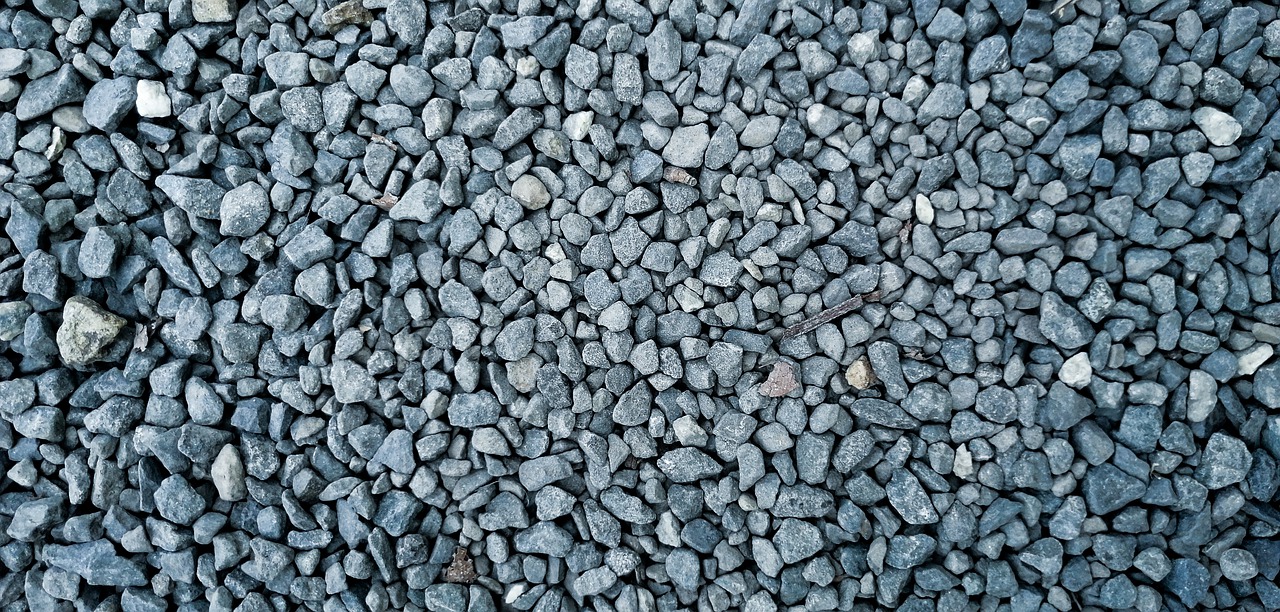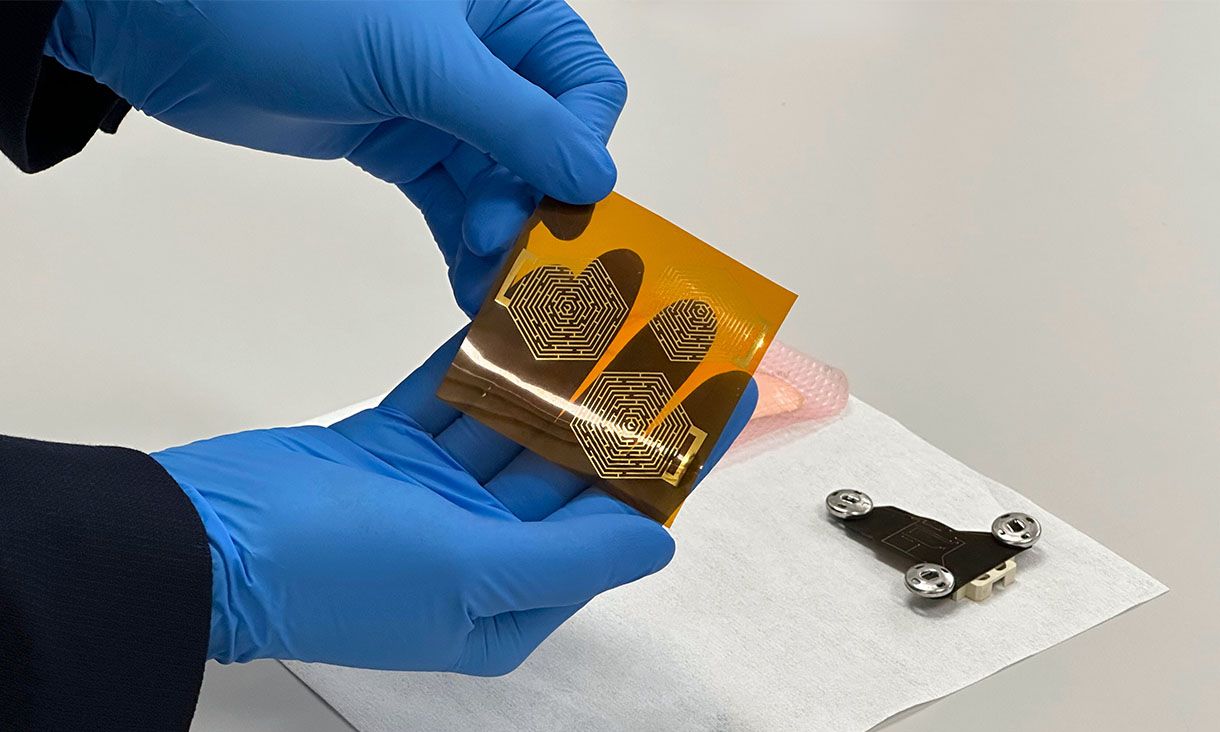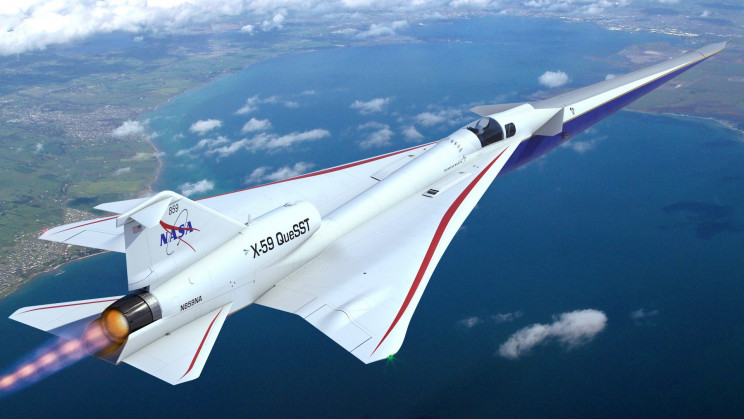Massachusetts Institute of Technology (MIT) engineers have discovered a way to turn any surface into a source of electricity. They have developed a scalable manufacturing technique to print ultra-light solar cells that can be easily glued to any surface like a sticker.
Much thinner than human hair, these durable and flexible PV cells are printed using nanomaterial semiconducting inks.
These innovative solar cells are ultralight, they are just about one-hundredth the weight of usual solar panels but can generate 18 times more power per kilogram. Being so thin and lightweight, these solar cells can easily be transported and speedily installed in remote locations for assistance in emergencies.
These pioneering solar cells can be laminated onto many different surfaces
As conventional silicon solar cells are delicate, so they need to be encased in glass. But this packaging with thick aluminum framing makes it heavy.
Unlike these, novel solar cells are very thin, entirely printable, and lightweight. As a result, these can easily be transported and speedily installed in remote locations for assistance in emergencies. For instance, they could be integrated onto the sails of a boat, and adhered onto tents deployed in disaster recovery operations.
Vladimir Bulović, director of MIT.nano, and senior author of a new paper said, “The metrics used to evaluate a new solar cell technology are typically limited to their power conversion efficiency and their cost in dollars-per-watt. Just as important is integrability—the ease with which the new technology can be adapted. The lightweight solar fabrics enable integrability, providing impetus for the current work. We strive to accelerate solar adoption, given the present urgent need to deploy new carbon-free sources of energy,”







